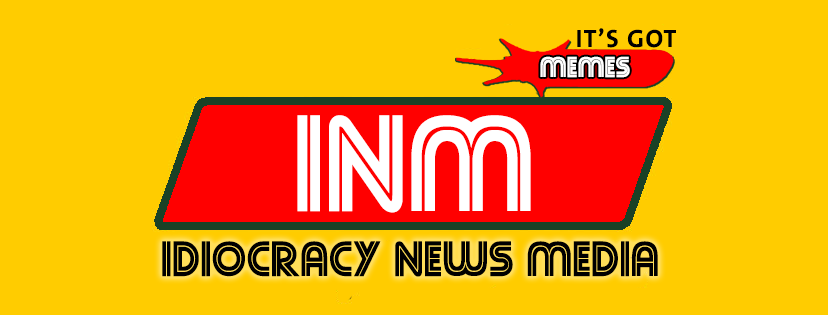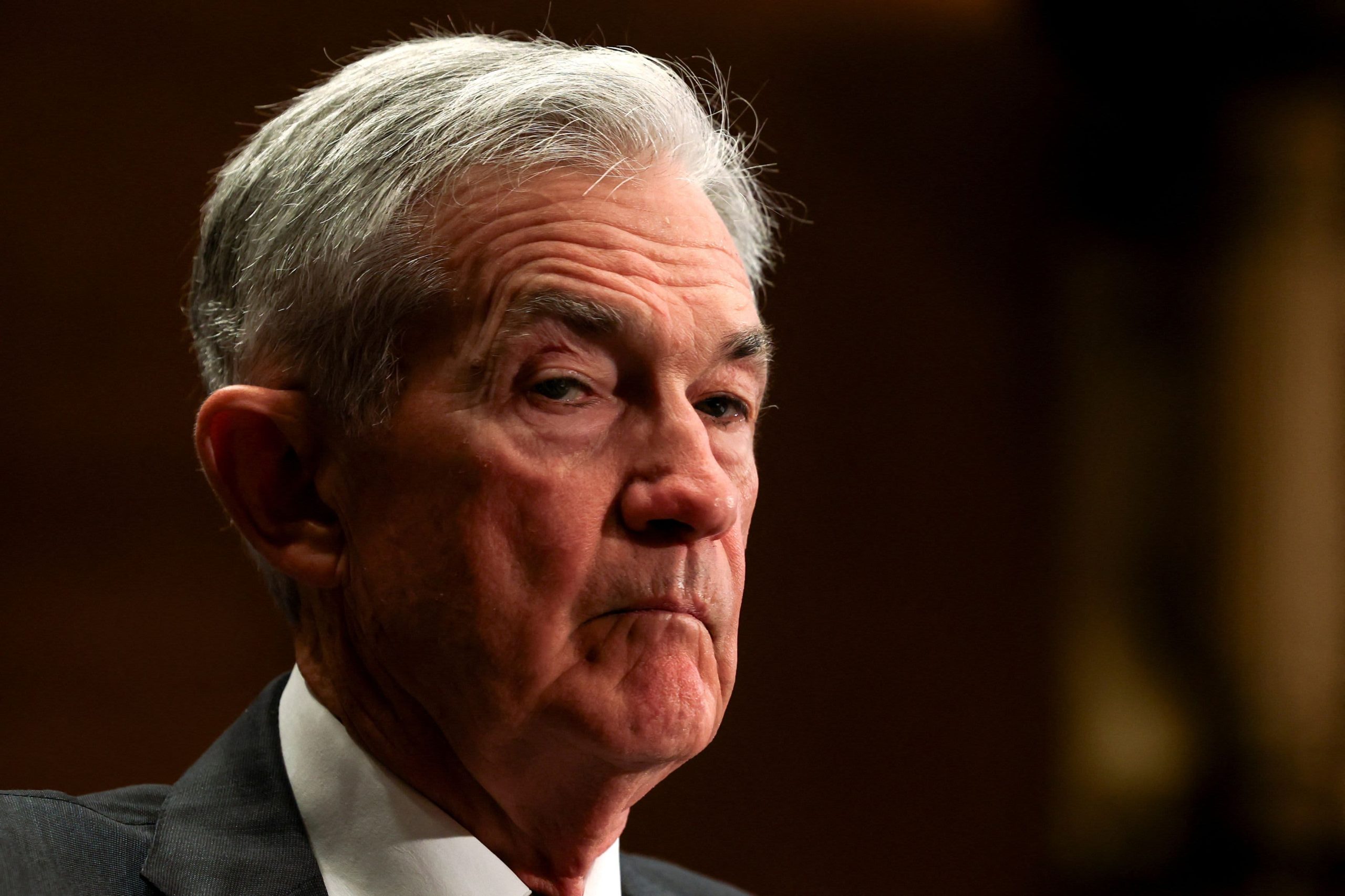It’s the what-could-have-beens that hurt the most. The childhood sweetheart who moved to a different country. The early opportunity to invest in a company designing graphics chips for games. The lower interest rates if not for tariffs.
On Tuesday, U.S. Federal Reserve Chair Jerome Powell confirmed that tariffs — and, specifically, their unexpectedly large “size” — are the chief reason the central bank hasn’t lowered rates this year since it last cut them in December.
Imagine that. We could have been living in a world where the fed funds rate is at a range of 4% to 4.25%. If inflation was staying obediently below the Fed’s 2% goal, the range could even be 3.75% to 4%, given that the central bank in June kept last year’s projection of two rate cuts in 2025.
The thought stings. But it might help to think that if U.S. President Donald Trump hadn’t slapped tariffs on partners and penguins, his other policies could have similarly pushed inflation forecasts higher.
Remember how all three major U.S. indexes surged and hit new records on Trump’s election victory because Wall Street was anticipating tax cuts and looser corporate regulation. Without the dampening effect of tariffs, economic optimism might have spilled over into exuberance and higher inflation.
Better to play the cards we were dealt with than to lapse into imagined futures.
What you need to know today
Tariffs are keeping U.S. interest rates high. Federal Reserve Chair Jerome Powell said Tuesday the central bank would have lowered rates this year if not for Trump’s tariffs, which caused inflation forecasts to go up “materially.”
The S&P 500 dips from record. On Tuesday, the index slipped 0.11%. Teslatake a look at the company’s subsidies.Europe’s regional Stoxx 600fell 0.21% as euro zone inflation ticked up to 2% in June.
Figma files for an IPO. The filing, released Tuesday, showed that the design company plans to trade on the New York Stock Exchange. Figma was valued at a rich $12.5 billion in a tender offer last year — which would make its IPO hotly anticipated.
Trump’s megabill squeaks through the Senate. Vice President JD Vance cast a final, tie-breaking vote that sends the bill back to the U.S. House for approval. While the bill would increase the deficit, some banks think it’ll give the U.S. economy a shot in the arm.
[PRO] ‘Generational opportunity’ for income. BlackRock’sdeals in today’s bond market.
And finally…
China’s Huawei open-sources AI models as it seeks adoption across the global AI market
Huawei announced on Monday the open-sourcing of the AI models under its Pangu series, as well as some of its model reasoning technology.
Tech experts told CNBC that Huawei’s latest announcements not only highlight how it is solidifying itself as an open-source LLM player, but also how it is strengthening its position across the entire AI value chain as it works to overcome U.S.-led AI chip export restrictions.
— Dylan Butts
International: Top News And Analysis
Read the full article <a href="Read More” target=”_blank”>here.



